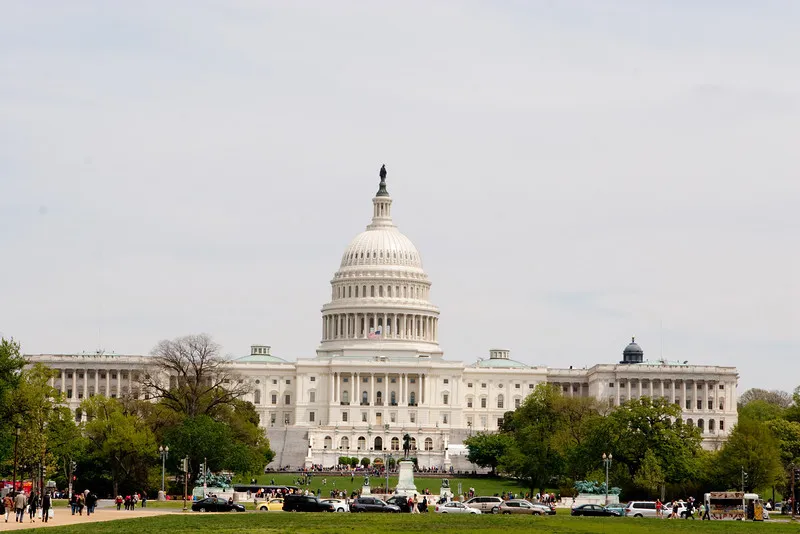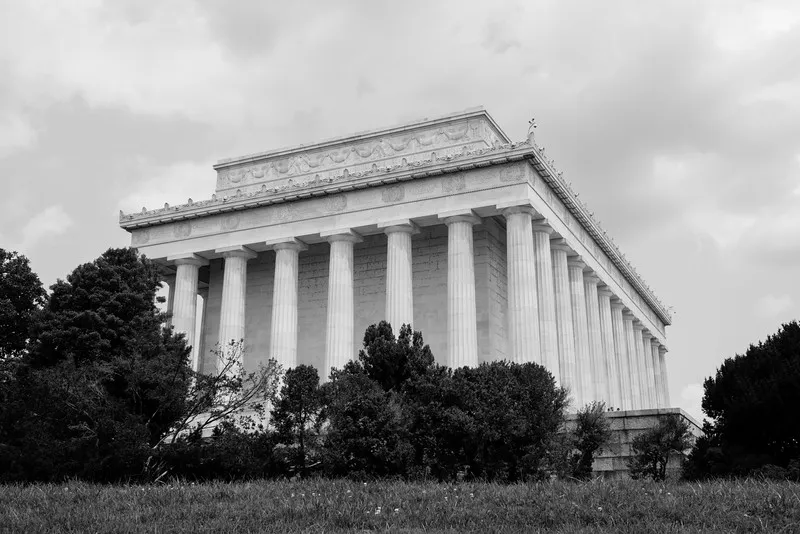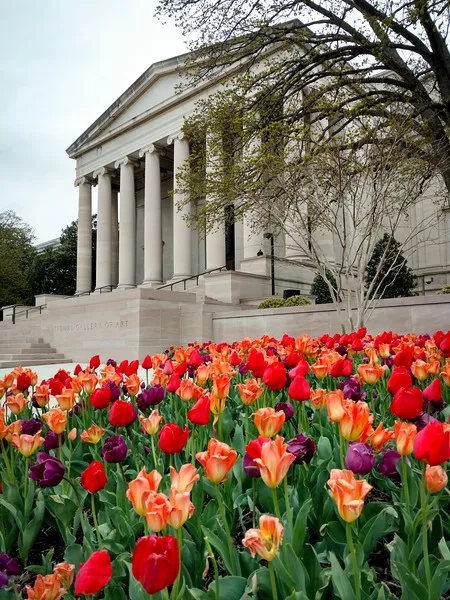Architecture is the theme for the Art Talk Series in 2021
Last month I posted Architecture of San Xavier del Bac Mission and talked about this beautiful church in Arizona and its Colonial Mission architecture.
This month I am going across the country to a place that is very dear to my heart, Washington DC, and to the stunning US Capitol.

Neoclassical Architecture
Neoclassical architecture is revival or new interest in classical (Greek or Roman) architecture in the 18th and 19th centuries. It followed and was directly opposite the flamboyance of Rococo and Baroque periods.
Time period
Neoclassical architecture started to emerge in Europe the 1750s and spread to Latin America and the newly forming country of the United States of America. The United States declared it's independence on July 4, 1776. In 1792 there was a competition that "would award $500 and a city lot to whoever produced "the most approved plan" for the U.S. Capitol. In 1793 construction for the capitol began on William Thornton's design which won for its "grandeur, simplicity and convenience."

Early Capitol Architects
William Thornton is the original architect who won the contest for design of the capitol. He was born in 1759 in the British West Indies and studied medicine in Scotland. He moved to America in 1787. He lived in Washington DC from 1794 was the head of the Patent Office until his death in 1828.
CM Harris said of William Thornton,
"His knowledge of the ancient Roman writers allowed him to perceive the form and purpose, the political implications in Jefferson's neoclassical concept of a modern capitol....[His plan] translated the Constitution into architectural form, creating a unique American building type.
US Constitution Article 1 Section 1 says
"All legislative Powers herein granted shall be vested in a Congress of the United States, which shall consist of a Senate and House of Representative."
Thornton's design for the capitol has a north wing is for the senate and the south wing is for the house of representatives brining the constitution into architectural form. So cool!

Benjamin Latrobe was born in Leeds, England and studied architecture and engineering. He emigrated to America in 1796. He designed the Bank of Pennsylvania, the first neoclassical building in the United States. He was hired by Thomas Jefferson to work on the capitol's south wing, which he did from 1803-1807. He then started reconstructing the interior of the north wing. Both wings were damaged in 1814 by British troops. He oversaw the restoration of the capitol after the destruction from the War of 1812.
Charles Bulfinch replaced Benjamin Latrobe and continued to restore the capitol which reopened in 1819. He designed the domed center buildings (1818-1826) and planned the grounds and original terraces. He was born in Boston, Mass. in 1763 and graduated from Harvard. He was a famous architect in New England and after his work on the capitol he went home to Boston where he died in 1844.
Characteristics of Neoclassical architecture
According to Britannica.com
Neoclassical architecture is characterized by grandeur of scale, simplicity of geometric forms, Greek—especially Doric (see order)—or Roman detail, dramatic use of columns, and a preference for blank walls.7

Grand Scale
The US capitol is 175,170 square feet and a floor area of 16.5 acres.
Grand indeed! My home was 1,400 square feet.
Simplicity of geometric forms
As you can see below the capital building has very clean lines and shapes.

Greek or Roman detail
The Corinthian columns that Benjamin Latrobe added have tobacco leaves which symbolize the nation's wealth and corn cobs which symbolized the country's bounty on them.
Dramatic use of columns
You can see here there is definitely a dramatic use of columns.

a preference for blank walls
While it has been a while since I have been inside I do remember clean, clear walls and great statues all over the capital. There are two statues from every state representing the state and its people.

I would like to end with this quote from the Architect of the Capitol,
The U.S. Capitol's designs, derived from ancient Greece and Rome, evoke the ideals that guided the nation's founders as they framed their new republic.

It has been so fun to research and learn more about neoclassical architecture and the U.S. Capitol. I hope you enjoyed it too.
Note: The pictures of the capitol where taken by me through the years. I lived in DC from 2001-2007 and visited every year from 2007-2019 and the capitol is one of my favorite buildings in DC so I go to it often when in DC.


Other examples of Neoclassical architecture in DC
 |  | |
|---|---|---|
| US Supreme Court | Lincoln Memorial |
 |  |  |
|---|---|---|
| United State Archives | National Gallery of Art | Jefferson Memorial |

White House
Sources:
1-Britannica.com- Neoclassical Architecture
2-Lumenlearning- neoclassisism
3- Architect of the Capitol-Building history
4-Architect of the Capitol- William Thornton
5-Architect of the Capitol-Benjamin Henry Latrobe
6-Architect of the Capitol-Charles Bulfinch
8-Smithsonianmag.com
9-Archives- Constitution Transcript
10-National Park Servie- Capitol
11-Architect of the Capitol-Neoclassical
12-Britanica.com-United States Capitol
Art Talk Series Highlights
Art Talk: 2020 Posts
Art Talk: 2019 Posts
Art Talk: 2018 Posts
